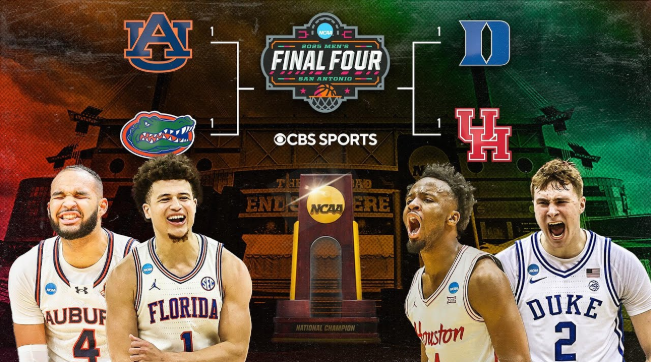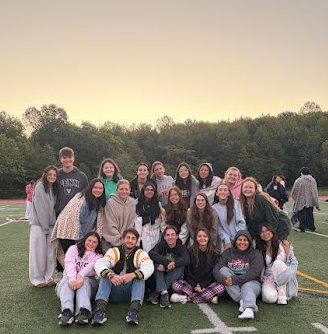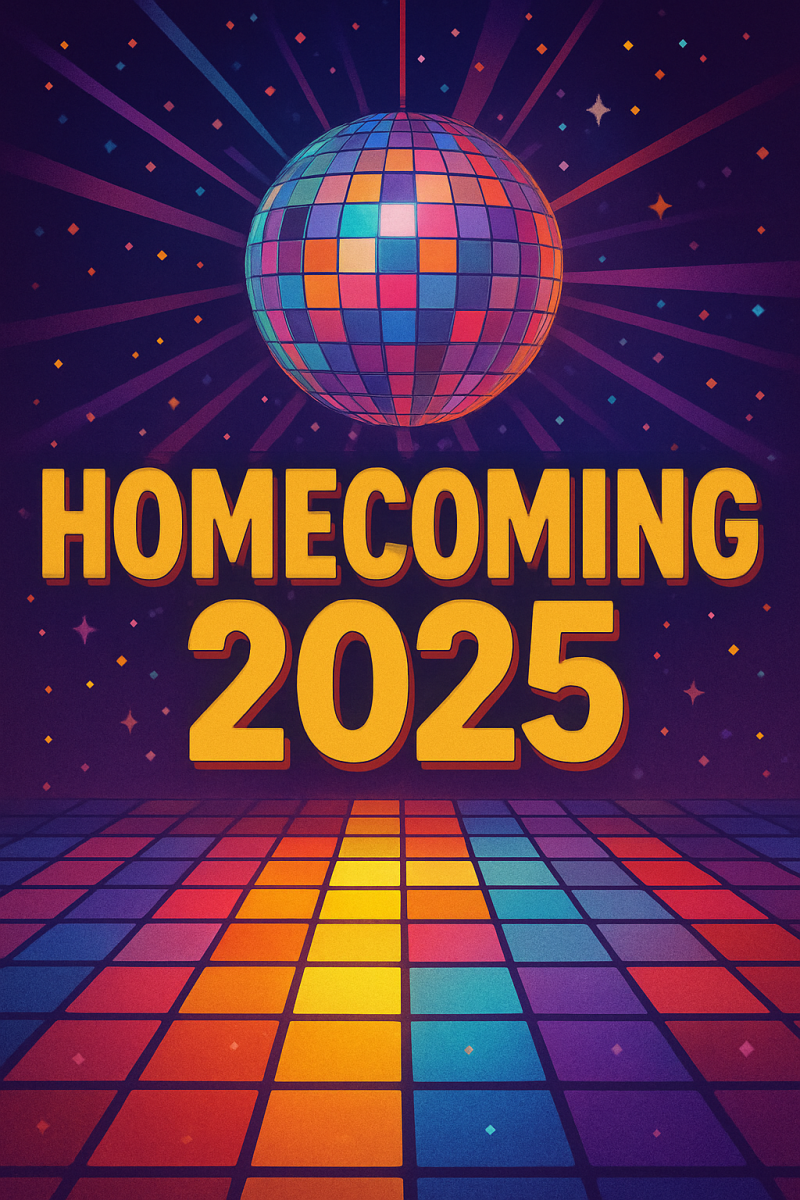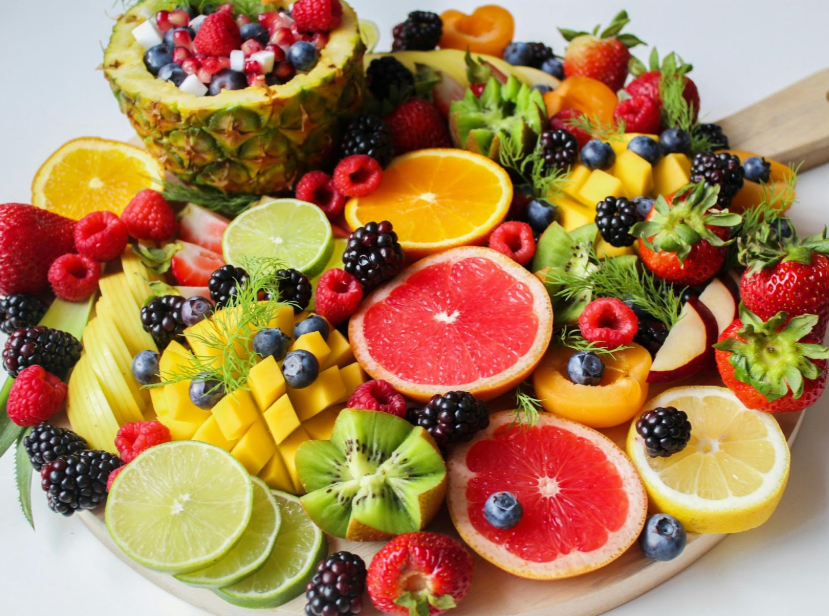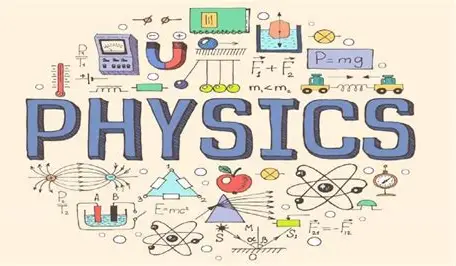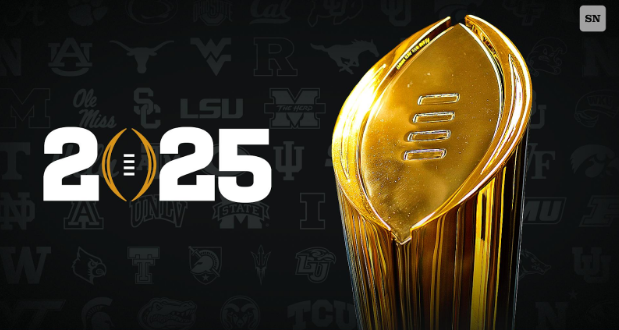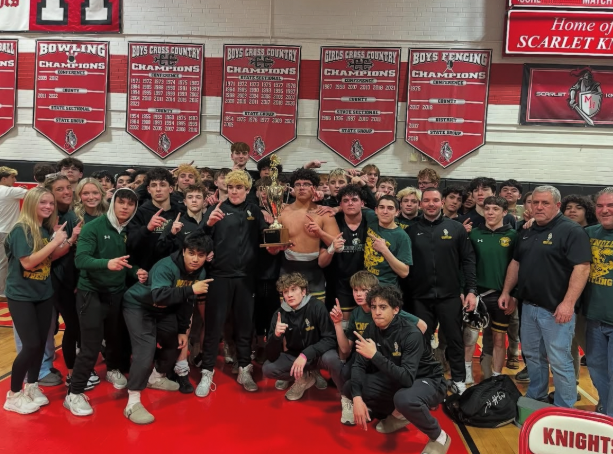Every year, nostalgia fuels the narrative that March Madness- and other major sports events like the Super Bowl and NBA Finals- are “boring”. This year, when looking at the official bracket for March Madness, it is easy to see why people might feel that way; the Final Four consisted of the four No. 1 seeds of the tournament. One might assume that since Florida, Auburn, Duke, and Houston were top seeds due to their talent, they had easy roads to the Final Four. However, this was not the case, especially for the eventual national champions, Florida.
The “madness” of March comes from the underdog mentality and the hope of double-digit seeds taking out favored contenders and ruining everyone’s brackets. No matter how much college basketball you watch, your bracket will probably end up busted after the first round. Out of about 25 million brackets this year, only 181 survived the Round of 64. Many feel that the excitement of watching lower seeds has diminished from the tournament because of the transfer portal and athletes’ ability to profit from their Name, Image, and Likeness (NIL), making it easier for larger and wealthier schools to build strong rosters. After watching Jack Gohlke on 14-seed Oakland upset 3-seed Kentucky last year and 16-seed FDU upset 1-seed Purdue in 2023, the excitement of March Madness feels like something of the past.
One thing people fail to mention when remembering the “glory days” of March Madness is what follows these upsets. In 2023, FDU proceeded to lose to FAU; in 2024, Oakland lost to NC State (NCAA). It is not that these later losses take away from the initial excitement of their upsets; it’s that the excitement of March Madness slowly, but gradually, fades because people no longer want to watch after the underdogs’ run has ended.
This year, there were a handful of upsets; 11-seed Drake beat 6-seed Missouri in the first round, 10-seed Arkansas upset Kansas, and after beat 2-seed St. John’s, which 4.38% of all brackets had predicted would win the tournament (NCAA).
Despite these upsets, among others, many found that March Madness this year was disappointing because the four No. 1 seeds made it to the Final Four. However, the road to the Final Four was anything but easy. In the second round, Florida faced the reigning back-to-back champs: UConn. Although an 8-seed, UConn held Florida to 35% shooting for the first half-hour and held the lead for a majority of the second half (ESPN). With 3 minutes left, Florida finally regained a lead of 1 and barely maintained it for the rest of the game.
Having four No. 1 seeds in the Final Four makes for great basketball because viewers know that these teams are capable of competing with each other. The matchup between Auburn and Florida, for example, had fifteen lead changes and ten ties. At halftime, Florida trailed by eight points, then came out of halftime on a 13-3 scoring run to take the lead and defeat Auburn (ESPN). Duke, selected as the national champion in about 31% of all brackets, saw its run come to an end in the Final Four during one of the tournament’s most thrilling games (NCAA). With less than 40 seconds left in the game, Houston was down by 6 points. 20 seconds later, Houston took the lead by making two free throws and eventually making two more to win 70-67 (ESPN).
In the national championship, Florida only led the game for a total of 64 seconds, with 46 of them being the last of the game (NCAA). The Gators were down by 12 at one point, making it a relentless and fitting way to end the tournament. Although it is understandable why many love to see small schools compete on the same stage as Power 5 programs, cinema can still be found in watching highly competitive schools that are anything but predictable.

